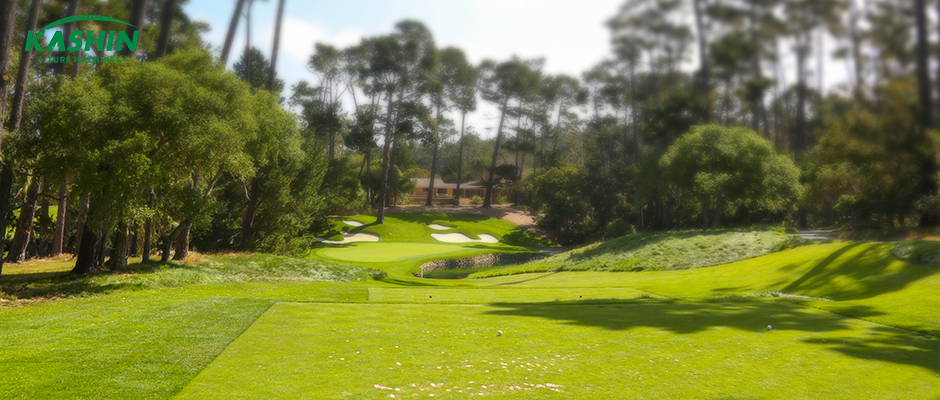1. Choose the type of grass
Choosing the right grass is the first and most critical step to a successful lawn. If you are in the north, you can choose cool-season grasses (bluegrass, tall fescue, ryegrass, red fescue, bentgrass, etc.); if you are in the south, you can choose warm-season grasses (Cyperus dentata, Bahia grass, Zoysia japonica and Dianthus chinensis, etc.). The Jiangsu, Zhejiang and Shanghai regions where we are located are transitional areas, and both cool-season and warm-season lawns can be built, but both have their obvious defects. This is just a general principle, not a fixed rule. In fact, with the rapid development of breeding technology today, many varieties have excellent characteristics. Many cool-season lawn grasses have good drought and heat resistance, so it is common to see a thriving, dense, and colorful cool-season lawn in the south. If you don’t like a lawn with a single color, then add some strawberry clover, white clover or one or several wildflower borders, their beautiful flowers will make your lawn more beautiful.

II. Preparation of lawn bed before construction
1. Site cleaning Remove gravel and other debris from the soil surface (more than 30 cm) to obtain a loose, breathable, flat, well-drained lawn bed suitable for lawn grass growth. If there are residues and underground roots of woody plants, they must be removed. To prevent the residual roots from rotting and forming depressions.
2. Weed removal To build a successful lawn, the problem of weed infection must be solved. Otherwise, those annual or perennial grasses, sedges, and legume and convolvulaceae weeds can engulf a good lawn in one or two years. The main prevention and control measures: mechanical weeding (including regular pruning, manual weeding, and tillage before lawn construction) and herbicide chemical weeding and soil fumigation. Commonly used lawn herbicides include selective herbicides (2,4-D butyl, 2-methyltetrachloride, dicamba) and non-selective herbicides (glyphosate, paraquat). Soil fumigation can kill weed nutrients and pests in the soil. Commonly used fumigants include methyl bromide, chloropicrin, dazomethane, etc., and safety should be paid attention to when using them.
3. Adjust the soil pH value. Generally speaking, soils with a pH value of 6-7 are suitable for most lawn grasses. It is necessary to adjust the pH value (pH value) of over-acidic or over-alkaline soils. The adjustment measures are as follows: select acid-resistant or alkali-resistant lawn grass species and add lead sulfate to lower the pH value; add lime or superphosphate to increase the pH value
4. Fertilization. A certain amount of organic fertilizer should be added to poorer soils to improve soil fertility and ensure the normal growth and development of lawn grasses. Compost, manure, and peat are all good organic fertilizers. According to the conditions of your location, human feces, green manure, leaf mud, and other organic fertilizers or N, P, K compound fertilizers can also be used as base fertilizers.
5. Tillage and leveling Large-scale lawn construction is generally operated by large machinery. Small-scale lawns are operated manually with hoes, rakes, and spiked rakes. According to the terrain requirements, it is leveled into a natural shape. The sports field should be raised in the middle to facilitate drainage from the middle to the surrounding areas.
6. Build an irrigation and drainage system. The setting of the irrigation and drainage system is often “streamlined” due to cost reasons. In fact, a good lawn, especially a sports field lawn, such as a golf course and a football field lawn, is an indispensable key project in the construction of a lawn.
Post time: Nov-29-2024
